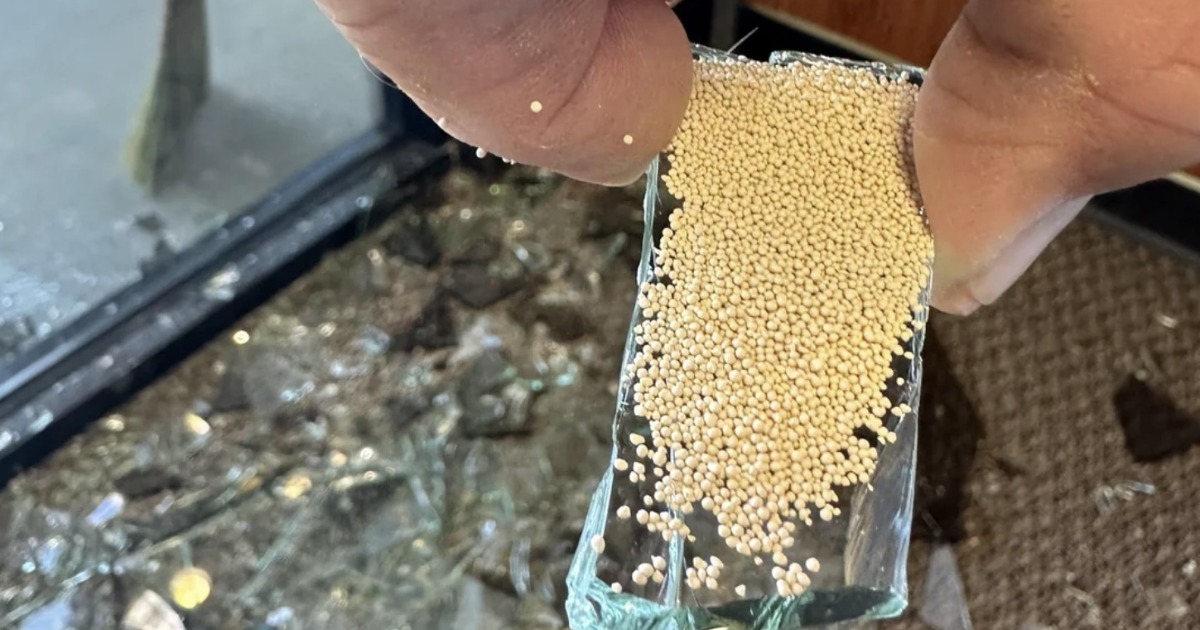A Surprise After a Break-In
After burglars hit my wife’s office, we expected broken glass and missing property. What we didn’t expect were tiny, cream-colored beads scattered across the floor. They looked like millet or some type of grain.
Even the police couldn’t identify them. Out of caution, we handed them over. Later, we got our answer—and it wasn’t mysterious at all.
The Beads Came From the Window Itself
Modern dual-pane, or insulated, windows contain a hidden feature: a metal spacer between the glass layers. Inside that spacer are desiccant beads—tiny moisture-absorbing balls that prevent condensation between the panes.
When the burglar shattered the window, the impact also ruptured the spacer. As a result, the desiccant beads spilled out, sticking to shards and scattering across the carpet.

Source: Reddit
Why Desiccant Beads Are Used
Dual-pane windows are sealed for better insulation. However, over time, small amounts of moisture can leak inside. To prevent foggy windows, manufacturers insert desiccant beads into the spacer. These beads soak up excess moisture and help keep the glass clear.
Common types of desiccants include:
-
Silica gel
-
Zeolite
-
Molecular sieves
Though non-toxic, these beads should still be cleaned up to prevent children or pets from accidentally ingesting them.
Not a Clue, Just Construction
So, those little beads weren’t left behind by the thief. They were part of the window all along. No hidden message. No bizarre evidence. Just a reminder that even common building materials can catch us off guard.
Final Thought
If you ever see tiny beads among shattered glass, you’re likely looking at the desiccant from a broken dual-pane window. Mystery solved.
And if you’re in Central California and spot someone selling suspicious Ray-Bans or Costas—you know who to call.





